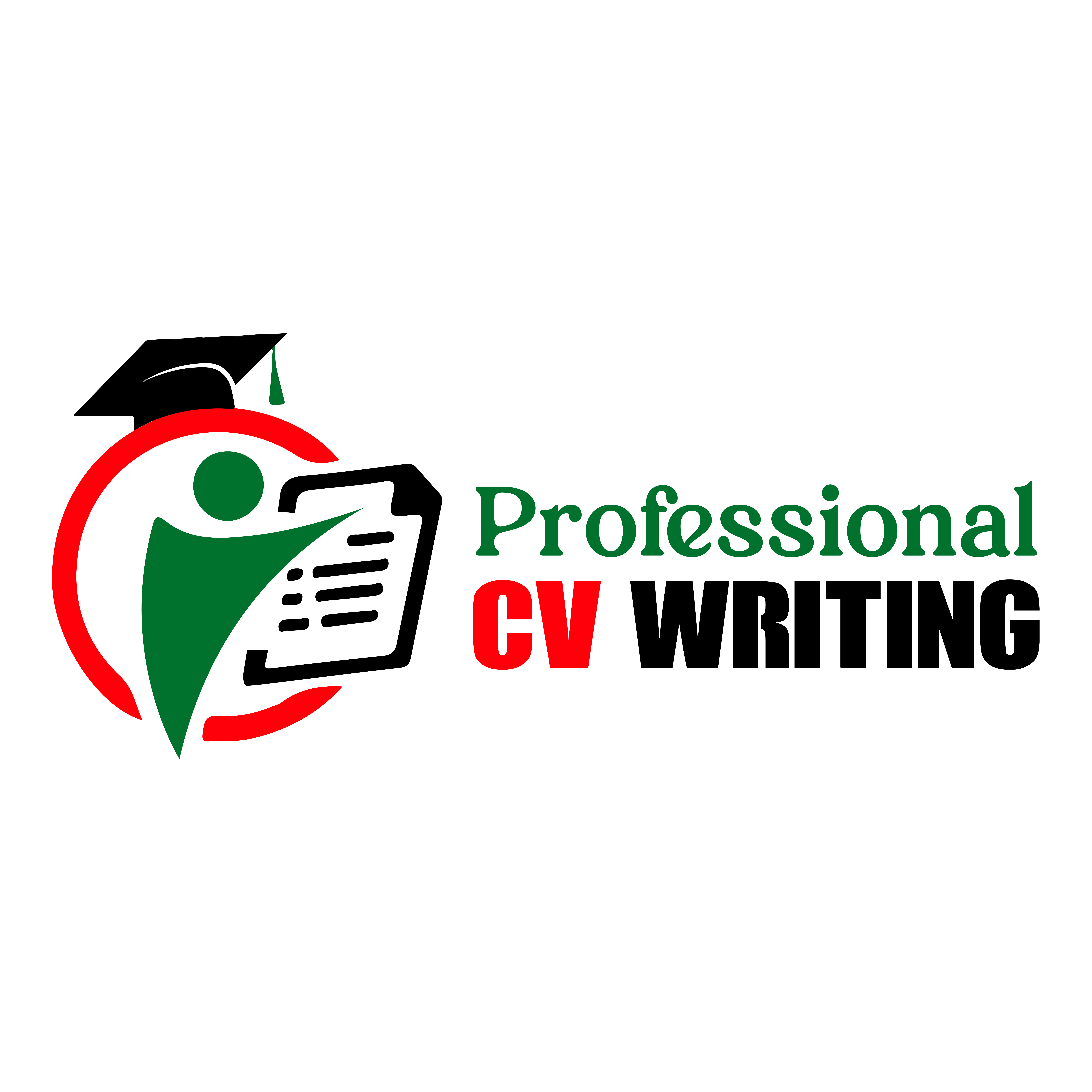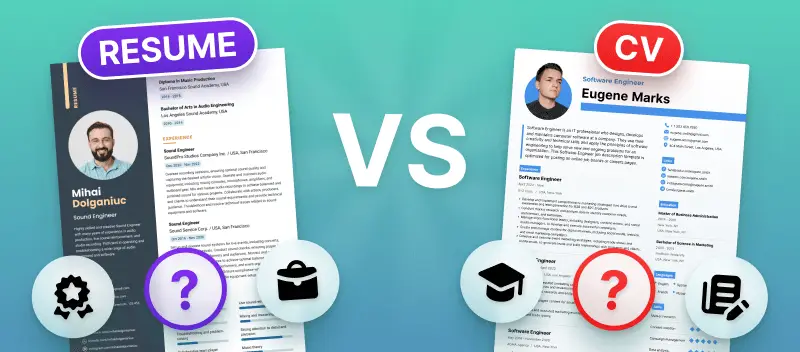Aligning Your Online Presence and CV When Job Searching

How to Write Work Experience on Your CV
September 1, 2025Today, with everything online, your profile on the internet should play a role in how you
represent your work life. In most cases, recruiters and managers check the internet for extra
information about a candidate before making a hiring decision. Presenting the same information
online and offline helps you come across as trustworthy to people who might hire you. Let’s
consider how you can use your online profile to help get hired.
Table of Contents
ToggleRealizing why it’s Important to Stay Consistent
Being authentic and professional matters a lot to those interviewing candidates. If your CV,
LinkedIn profile, online portfolios and any social media accounts contain the same information,
you demonstrate trustworthiness and authenticity to employers. Misalignments, on these reports,
may make you more cautious. When your CV mentions a different job title or timing from
what’s shown on LinkedIn, it can make a recruiter question how meticulous you are. You don’t
need everything to be ultra-similar, but what you do say about your work history must be a
match everywhere online. Your CV is foundational and your online presence adds extra
information to expand on what you have done professionally.
Improving the Look of Your LinkedIn Profile
When employers start their search, LinkedIn is usually their main source. An outdated or
incomplete profile may make a bad impression. Remember to add a suitable photo, catchy
headline and related summary on your LinkedIn page, as you would your personal statement on
your CV. Let your profile on LinkedIn highlight your experience, education and skills by using
LinkedIn’s interactive elements, just as you would in your CV. Don’t let the limit of two pages
stop you from including recommendations, endorsements, project links and multimedia in your
CV. As a result, you can highlight your skills and hard-to-display achievements. Editing your
LinkedIn URL and checking that your contact details are recent allow recruiters to reach you
easily. Don’t forget to explore how the industry works and sass out potential groups connected to
it; following interesting companies can help you show your enthusiasm.
Managing What Can Be Found Online
Professional networking happens on LinkedIn, but people use Facebook, Instagram and X
(formerly Twitter) for a more personal experience. Still, an employer could look at your profile
to see how you behave and think. CV writing service in Dubai controlling your digital
information is necessary to appear professional. The first step is to check how your personal
accounts are set for privacy. Erase or cover up anything on your profile that might be seen as
unsuitable, awkward or controversial.
The data I’m talking about covers photos, replies and
shared content. Even if your social accounts are set to private, anyone can see your profile image
and bio, so make sure they show who you want to be. Check out what Google turns up when you
search for your own name. Type in your name on the internet and review what turns up so you
know what employers could see. When you see content that is no longer needed, make sure to
take care of it. If you can’t find much professional information, try to raise your profile using
blog posts, participation in events or posting your work online.
Creating a Single Identity for Yourself
Your CV and social media profiles should present the same, clear version of your brand. You
need to be able to say the same simple things about what you do and what matters about them.
First, figure out your top strengths, what is important to you in your work and what you hope to
achieve in your career .Ensure the way you write, how you look and your key information are
consistent across personal platforms. It’s important to put industry or role keywords into your
brand. Keyword optimization plays a big role on LinkedIn as it helps recruiters find you with a
simple LinkedIn search.
Advertising Your Knowledge on the Internet
Being organized and consistent online gives you the chance to show that you are knowledgeable
and passionate about your area. You can become well known in your industry by posting articles,
blogging, joining conversations and highlighting your projects. A good portfolio website
supports the work of creative professionals. List this site on both your resume and LinkedIn to
help employers reach your projects. GitHub, Bedance and Medium can give creatives a similar
purpose for others. Ensure everything you put out equates to the impression you want to give.
When you make thoughtful comments and post valuable content, it will show off your abilities,
how you speak and write and your knowledge in the industry.
How to Use Career Smart for Job Applications
Make your CV relevant to each job opening and also make certain that how you appear online
supports that information. When you use a particular skill or discuss a specific project on your
CV, add that information to your LinkedIn and online portfolios as well. Aligning these reduces
stress and account for everything that needs to be done. Using this information, recruiters can
look up your skills quickly and with certainty. Following your CV, a recruiter who sees your
LinkedIn profile should understand why you are the ideal candidate for the post.
Conclusion
Because your online identity often introduces you before you get a chance to talk, matching your
CV to your digital profiles is now required. A proper, polished website can work well for you
during your job search. If you oversee how you appear online, update your LinkedIn information
and have a steady personal image, employers will notice and be interested on any site.




